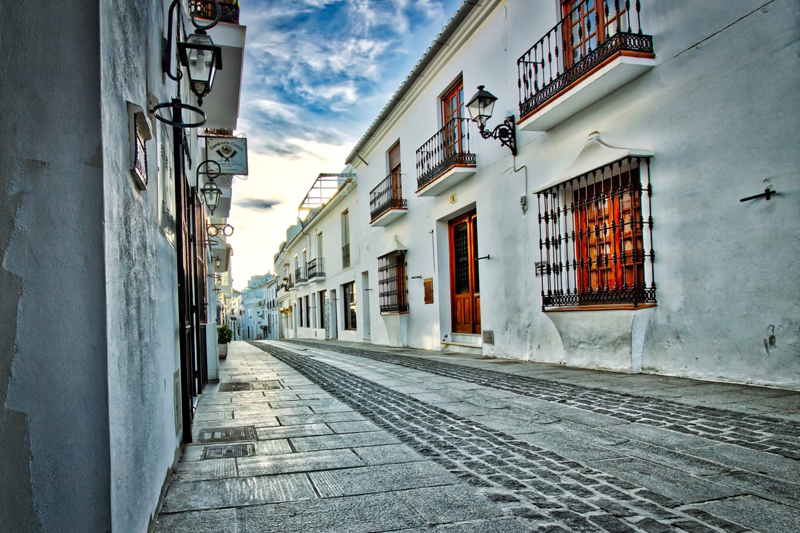Spanish tip of the month. Telling the time

I read, few days ago, some notes about the use in Spanish of "la hora" and how to express time in Spanish. What is right, and what is wrong. You can find all this information, in Spanish, here: Rae.es - HORA2. (Scroll down to "HORA2")
I thought this could be interesting, so here you can find the most important points about the use of "la hora":
And more about abbreviations! Whenever you find letters "h", "m" or "s", they correspond to "hours", "minutes" and "seconds". That is: "horas", "minutos" and "segundos". These abbreviations are never followed by a dot, except if it is necessary because the abbreviation is located at the end of the sentence. For example:
Right: "El tren llega a las 8 h." (Right, because we need a dot, as it is the end of the sentence.)
Wrong: "Son las 8 h. de la mañana." (Wrong, as it should be: "Son las 8 h de la mañana."
Finally, I found this product on Amazon: Rosetta Stone Spanish (Latin America) Level 1-5 Set Looks really interesting if you want to improve your Spanish!
Looks really interesting if you want to improve your Spanish!
I thought this could be interesting, so here you can find the most important points about the use of "la hora":
- The Spanish translation of "What time is it?" is "¿Qué hora es? As you can see, the verb ("es") is singular. According to the RAE, the plural form "¿Qué horas son?" is accepted, but not recommended. There is one use of the plural form, considered correct: when used in a reproving way. Imagine your son should have arrived at noon, but he didn't. He arrives much later; that's the situation where you could tell him: "¿Qué horas son estás?"
- When you are asked ¿Qué hora es? (Question always with the verb in singular (es)), the answer will be "Es la..." (verb in singular) only if it is "la una" ("Es la una y cinco", "Es la una menos cuarto"), and in plural for the rest of hours: "Son las dos"; "Son las siete menos diez", etc.
- When telling the time, we can either use:
a) numbers from 1 to 12, or use
b) numbers from 0 to 23. (Written with numbers, not with letters.)
For the first option, using numbers from 1 to 12, we can specify the moment of the day and we usually write it with letters. For example: "Son las tres de la mañana." or "Son las tres de la tarde."
But this doesn't mean we are always obliged to write them using letters! We can also write the hour with numbers, but in order to avoid misunderstandings, we'll use either "a.m." or "p.m." The first one, "a.m." means "ante meridiem" in Latin, and means "before noon". The second one, "p.m." means "after noon" (from Latin "post meridiem").
Examples:
"Las 3 p.m.", that is, "Las tres de la tarde".
"Las 8 a.m.", that is, "Las ocho de la mañana".
(Both forms are correct.)
And more about abbreviations! Whenever you find letters "h", "m" or "s", they correspond to "hours", "minutes" and "seconds". That is: "horas", "minutos" and "segundos". These abbreviations are never followed by a dot, except if it is necessary because the abbreviation is located at the end of the sentence. For example:
Right: "El tren llega a las 8 h." (Right, because we need a dot, as it is the end of the sentence.)
Wrong: "Son las 8 h. de la mañana." (Wrong, as it should be: "Son las 8 h de la mañana."
Finally, I found this product on Amazon: Rosetta Stone Spanish (Latin America) Level 1-5 Set
You Should Also Read:
Spanish language tip. Using haya, halla and aya
Spanish language tip of the month. Los Colores
Spanish tip – Prepositions

Related Articles
Editor's Picks Articles
Top Ten Articles
Previous Features
Site Map
Content copyright © 2023 by Angeles Fernández. All rights reserved.
This content was written by Angeles Fernández. If you wish to use this content in any manner, you need written permission. Contact Angeles Fernandez for details.






